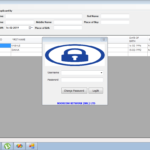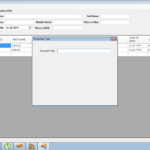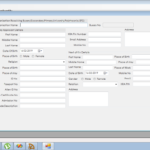Defining the software development life cycle (SDLC)?
The software development life cycle (SDLC) typically consists of the following stages:
-
Planning: The first stage involves defining the software project scope, objectives, and requirements. This is the stage where project managers and stakeholders gather and define the requirements and goals of the software project.
-
Analysis: In this stage, developers analyze the requirements gathered during the planning phase, and begin to create a functional specification document. They consider technical feasibility, the available technology, and create a roadmap for software development.
-
Design: In this stage, developers create a design specification document that describes the software architecture, database schema, modules, interfaces, and components. Designers consider design patterns, principles, and best practices to ensure a scalable, maintainable, and efficient solution.
-
Implementation: The coding phase involves the actual development of the software using the specifications developed in the previous stages. Developers follow coding standards, version control procedures, and testing frameworks to create a working product.
-
Testing: In this stage, developers test the software to ensure that it meets the functional and performance requirements defined in the previous stages. Testing includes unit testing, integration testing, system testing, and acceptance testing.
-
Deployment: Once the software has been tested and validated, it can be deployed to the production environment. This stage involves deploying the software to the production servers, configuring the environment, and performing final testing before going live.
-
Maintenance: After the software has been deployed, it requires ongoing maintenance and support. This involves monitoring the software, fixing bugs, adding new features, and updating the software to address changes in the business environment.
These stages may vary slightly depending on the methodology and approach used by the development team.
The Bursary Management System is designed for the overall management of single or multiple fund bursaries. It promotes transparency in the complete bursary management cycle from application to disbursement to beneficiaries.
-Everything in one place
-Real-time budget reporting
-instant view of eligible funding
-Easy assessment process
-The bio-data of applicants easily accessible.
-Show pending and disbursed funds




